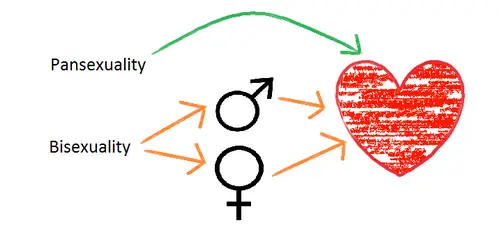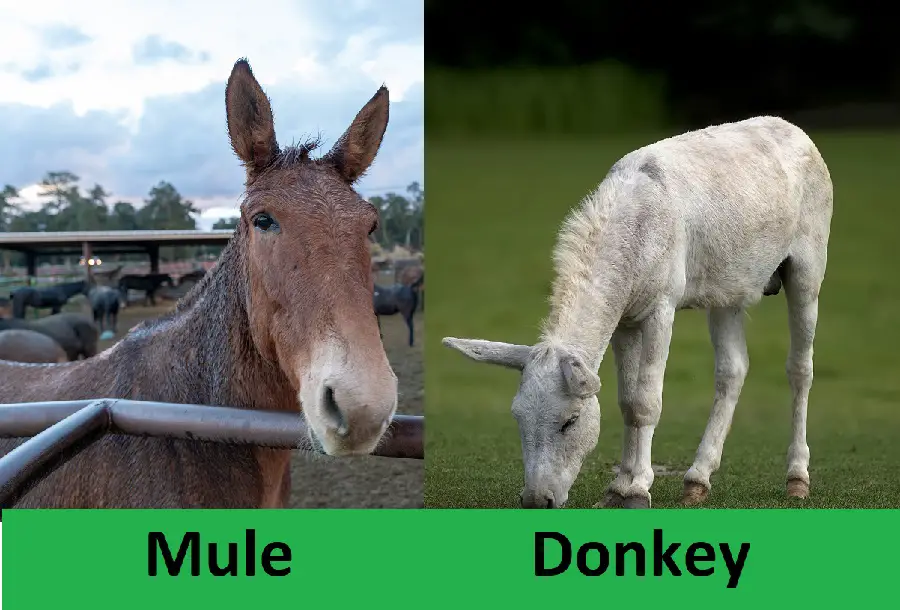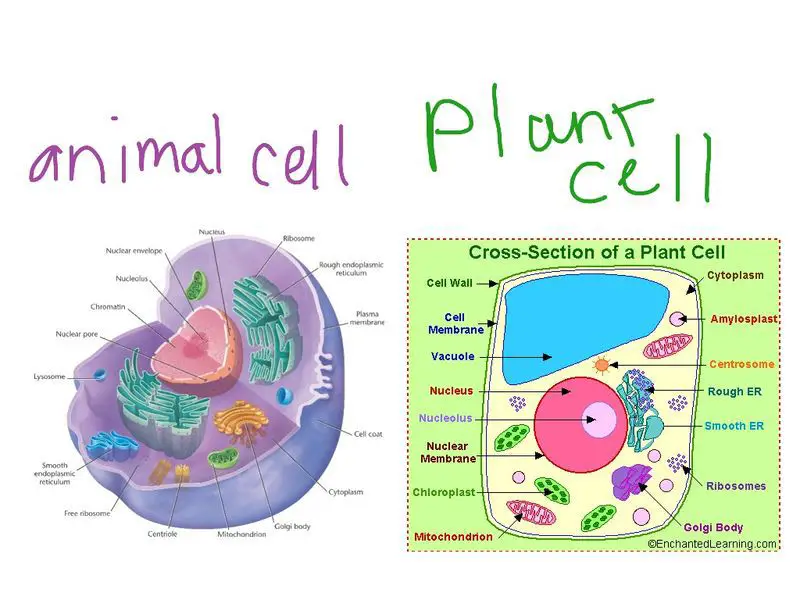Bisexual Vs. Pansexual: What’s The Difference?
While most adults are accustomed to the term “bisexuality“, fewer people have heard of pansexuality – and those who have don’t quite understand if there is any real difference between bisexual and pansexual or if the latter is just a more sophisticated word that denotes the same thing.
To help you get a better grasp of the concepts, we’ll explore bisexual vs pansexual in detail and see what they’re all about!
Bisexual

A bisexual person is an individual who is romantically or sexually attracted or displays sexual behavior toward both females and males. The prefix “bi-” means two, denoting the attraction toward the two sexes, and thus, by definition, bisexuality entails gender binarism.
Note that, despite the fact that a bisexual person can be drawn to, and form, relationships with both women and men, it doesn’t mean that this attraction must be equal – many may prefer one sex over the other.
There are accounts of bisexuality in various human societies dating back to ancient times, and numerous instances have been recorded even in the animal kingdom. The term as we know it, however, was only coined in the 19th century.
While there is still no clear conclusion in the scientific world regarding the reasons why people develop bisexual, homosexual or heterosexual orientations, the most commonly accepted theory is that sexual preference is determined by a mix of environmental, genetic and hormonal factors.
Pansexual

In ancient Greek, the suffix “pan-” means “every” or “all”. Therefore, the term pansexuality refers to the sexual or romantic attraction towards people of all genders and sexes.
To make it clearer, pansexuality doesn’t agree with the gender binary, with the idea that people can be only either female or male.
Thus, pansexual individuals can be attracted to persons of any gender identity, be they women, men, transwomen, transmen, genderfluid, androgynous and so on.
People who identify themselves as pansexuals usually do so with the purpose of expressing their recognition and acceptance of more than two gender identities.
Recommended for you:
- Difference Between Nerd, Geek and Dork
- Psychopath Vs. Sociopath: 4 Key Differences You Must Know
- Difference Between Assertive and Aggressive
Differences between a Bisexual and a Pansexual
Now that you have a better understanding of both notions, let’s summarise the differences between bisexuality and pansexuality:
Bisexual |
Pansexual |
|
|
|
|
|
|
|
|
|
|
|
|
|
|
|
|
Still confused? Watch the video below.
We hope the difference between bisexual and pansexual is now clearer to you. Subscribe to get regular articles and comprehensive explanations about our world and society!






